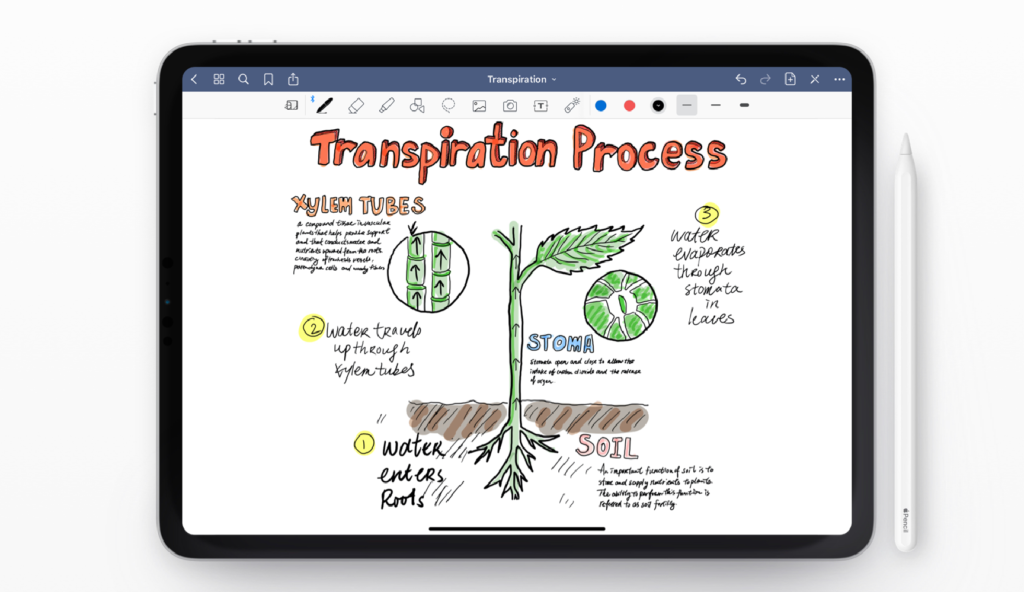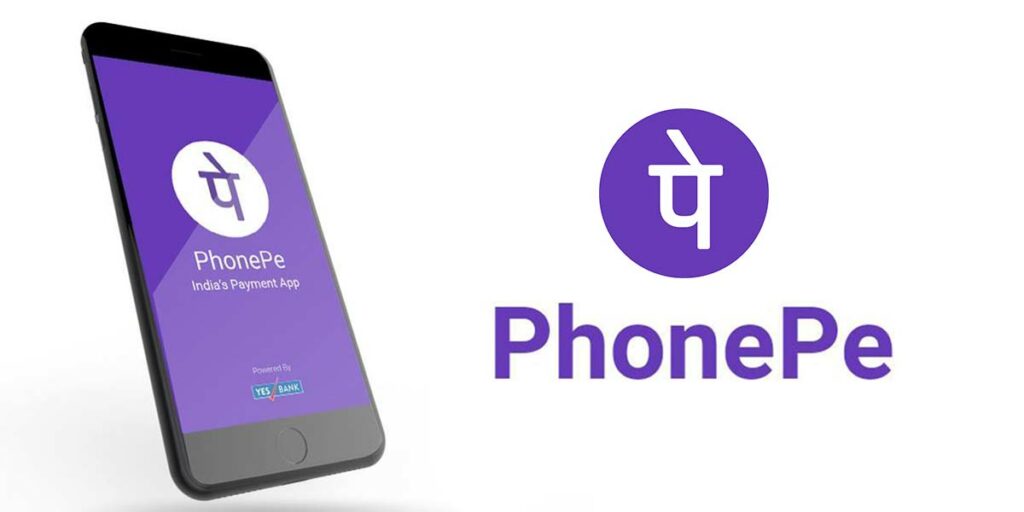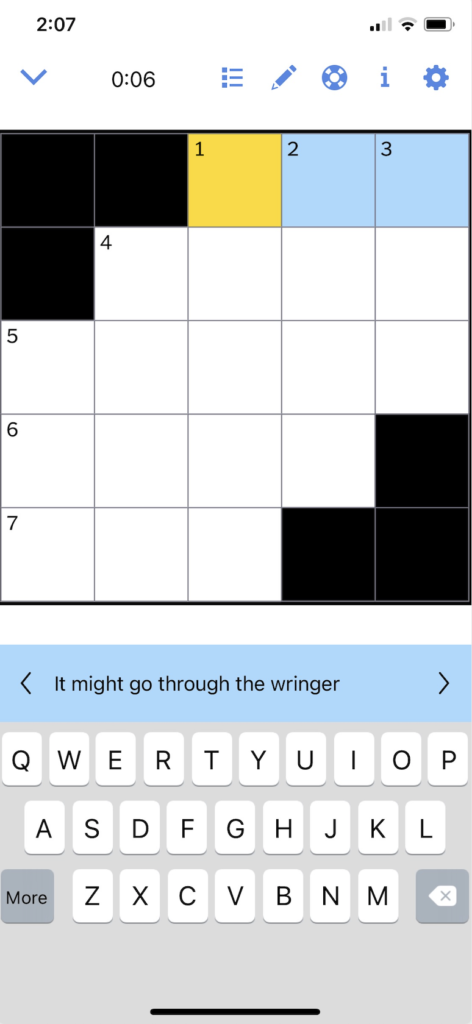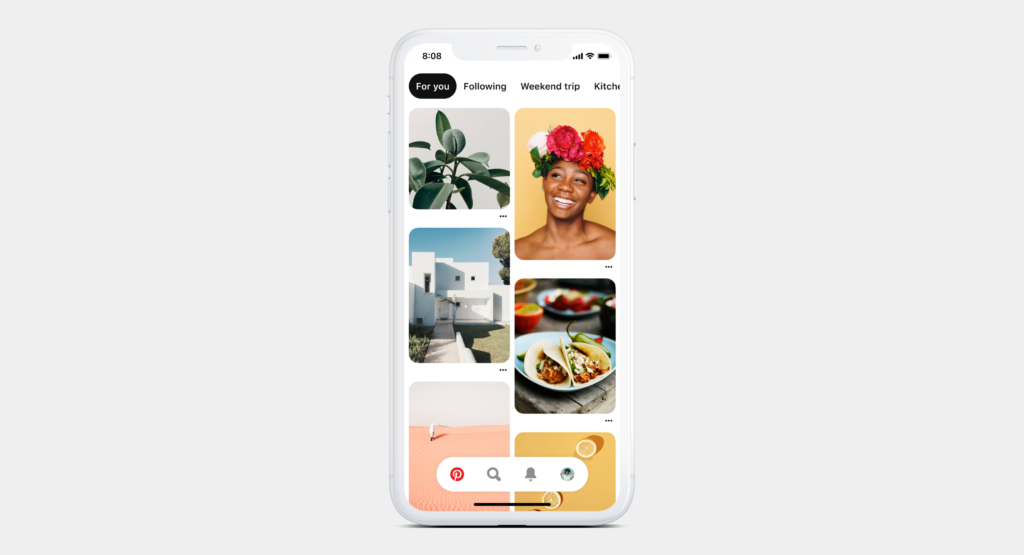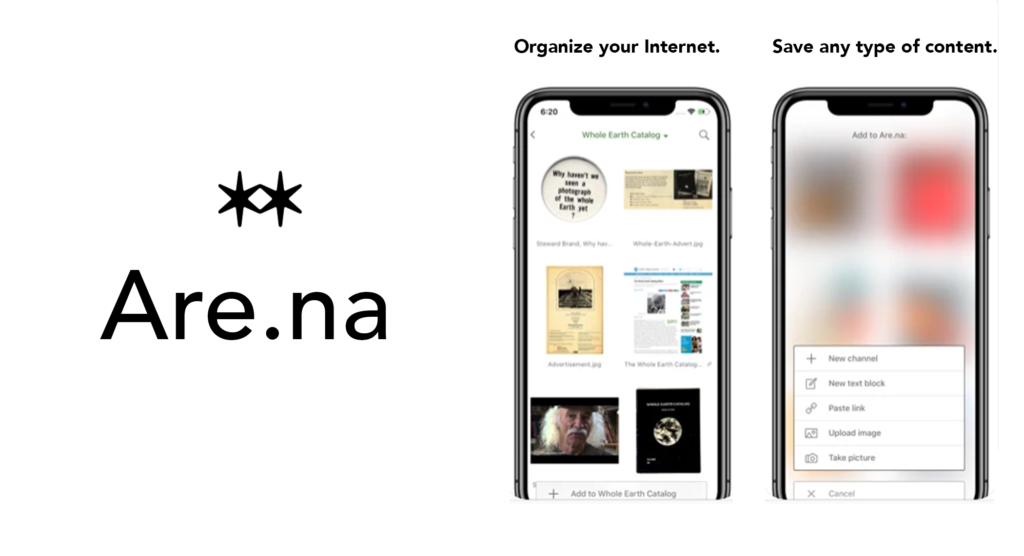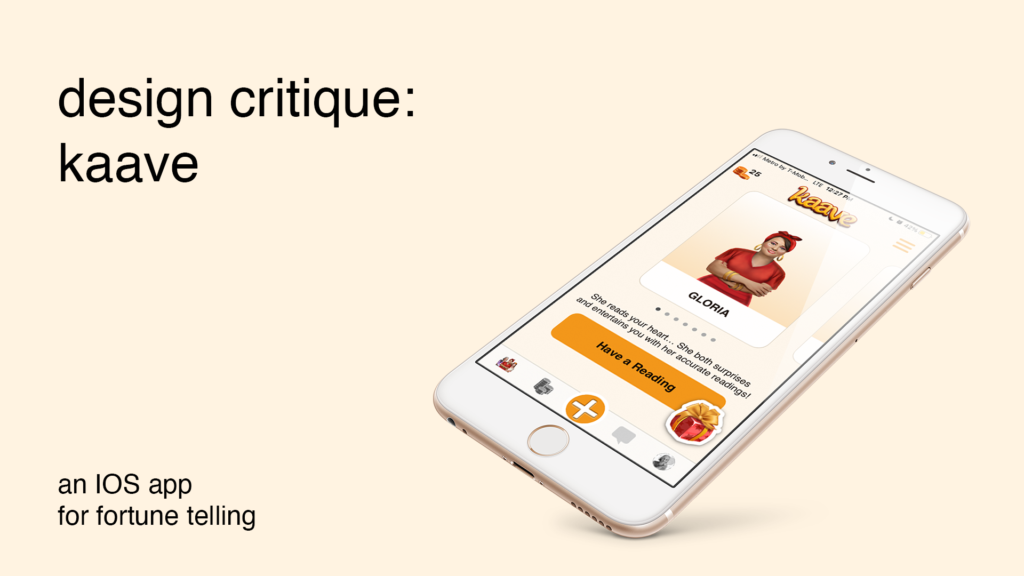Design Critique: GoodNotes 5 (iPad App)
GoodNotes is a digital notetaking app. It completely transforms the way we are accustomed to taking notes. GoodNotes allows you to take precise, handwritten notes on anything you can imagine whether it be PDF files, PowerPoint slides, or Word documents. All notes are searchable so nothing can be misplaced. Organization of Documents The Documents page […]
Design Critique: GoodNotes 5 (iPad App) Read More »
